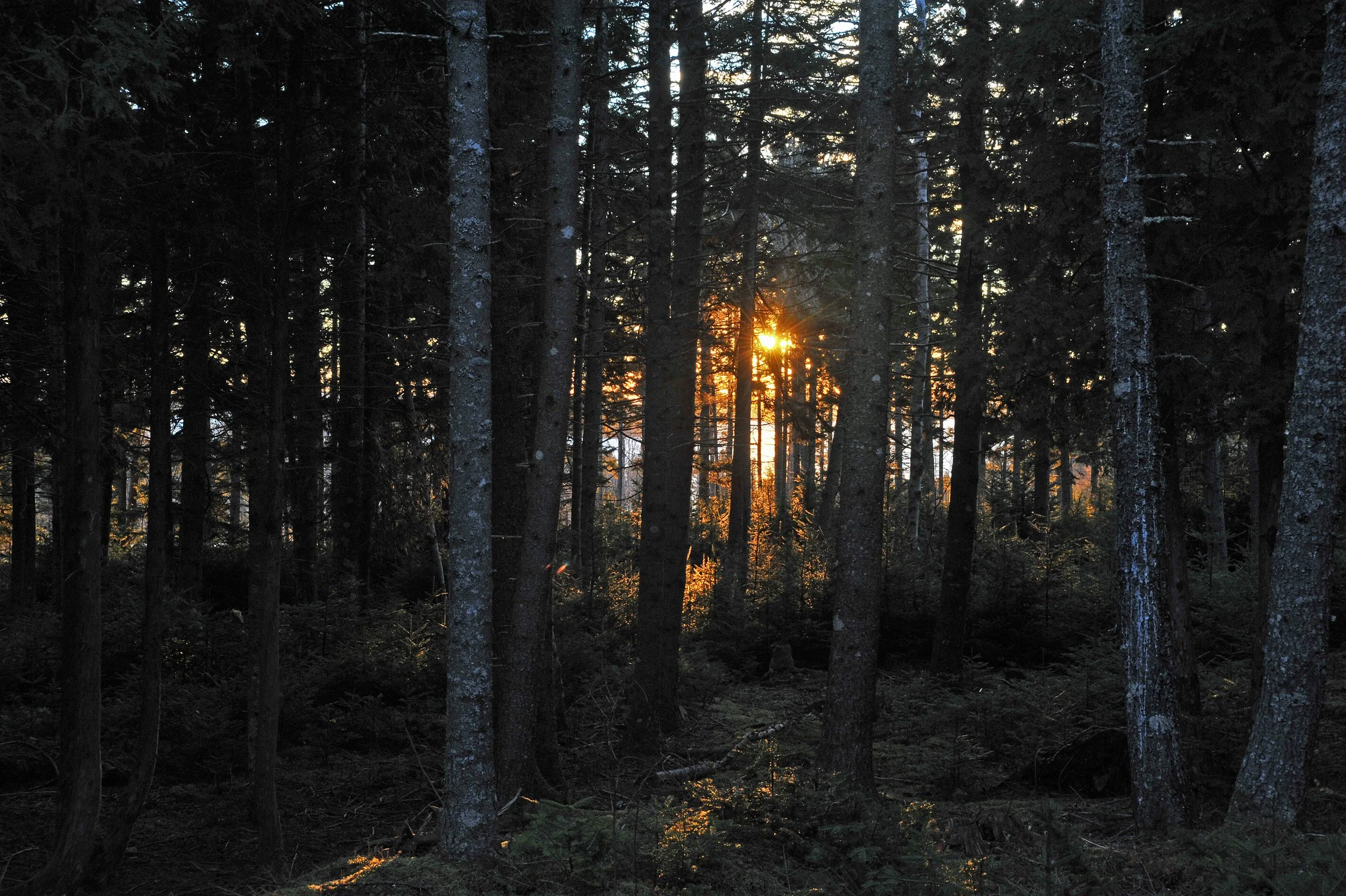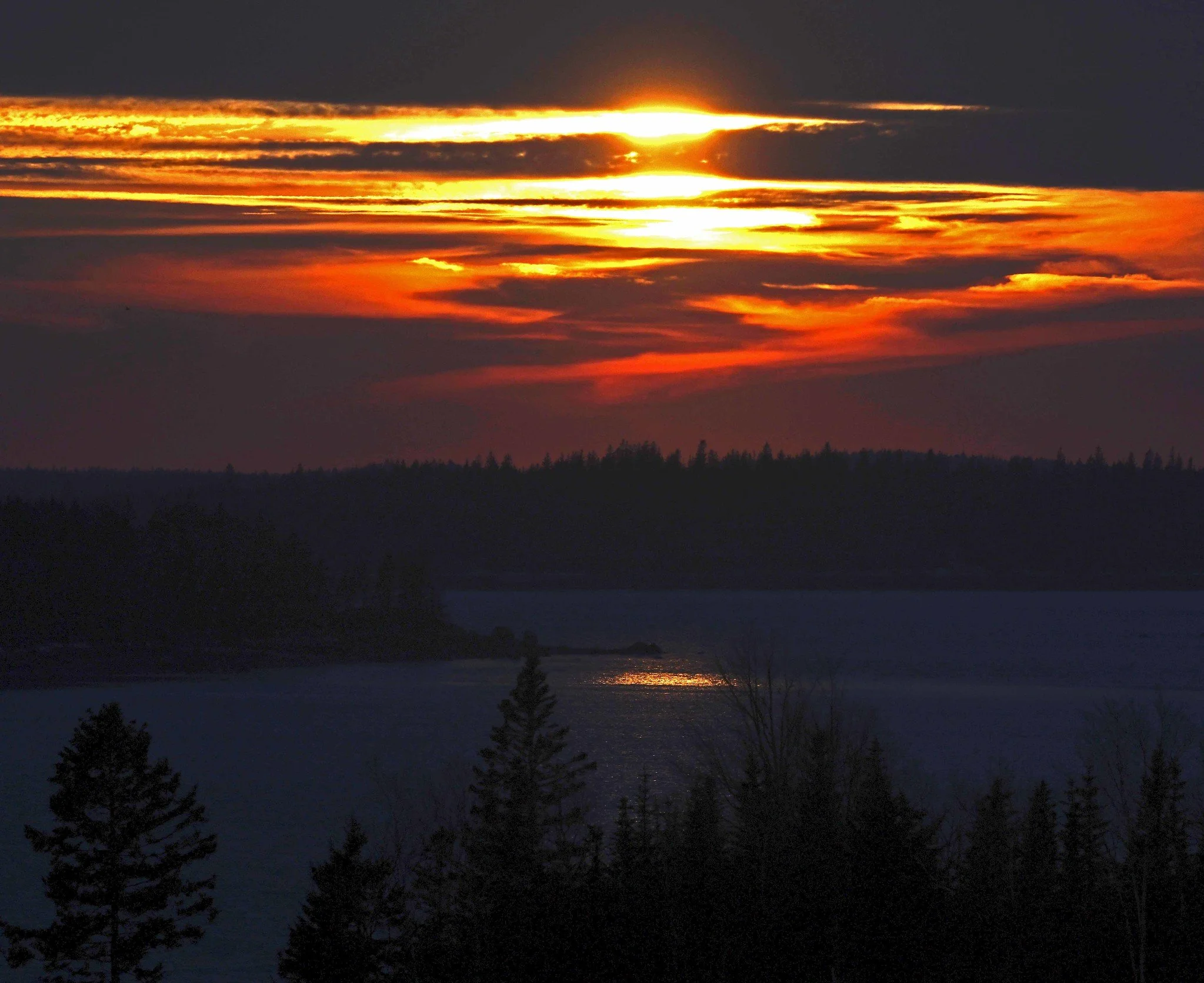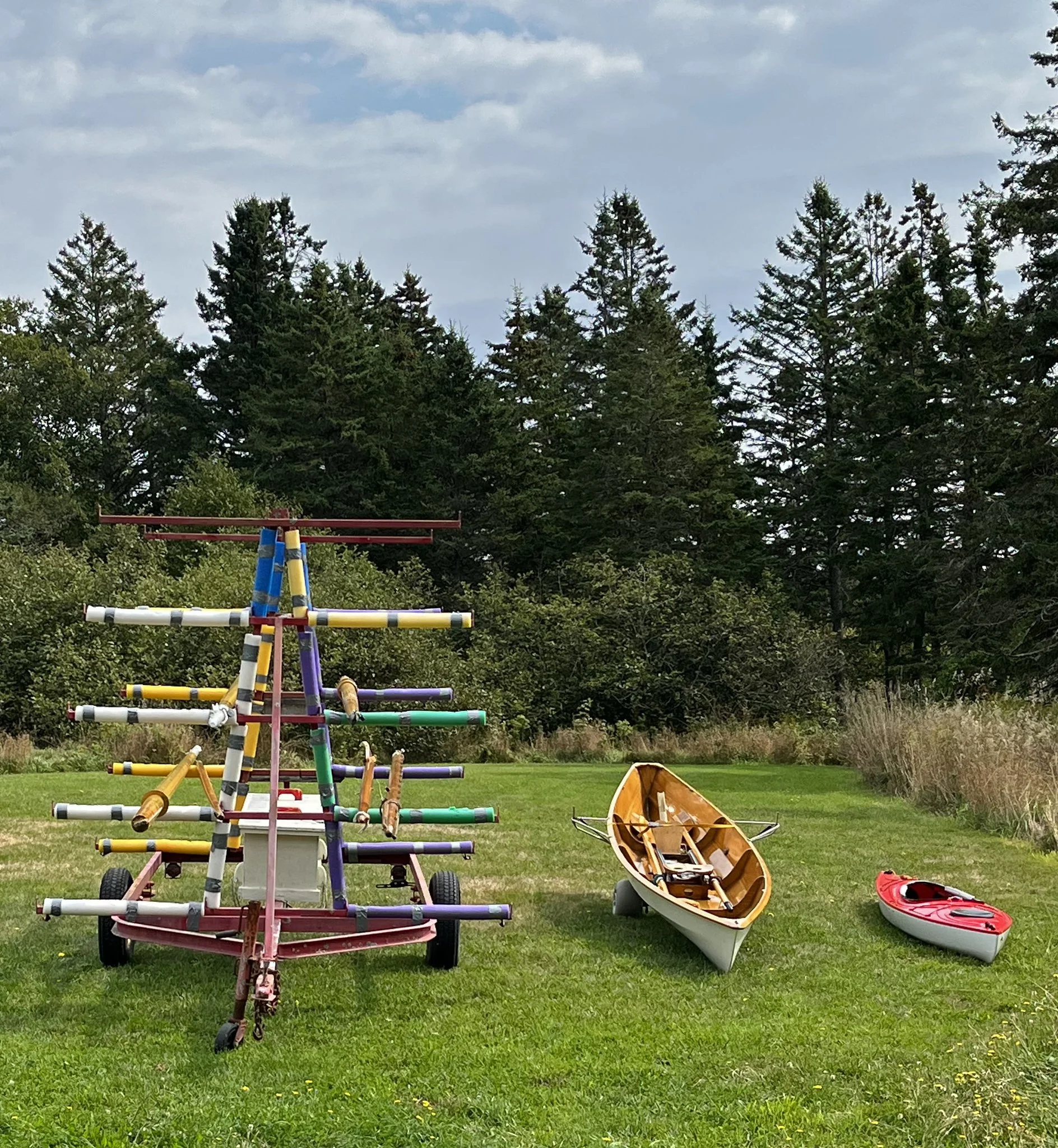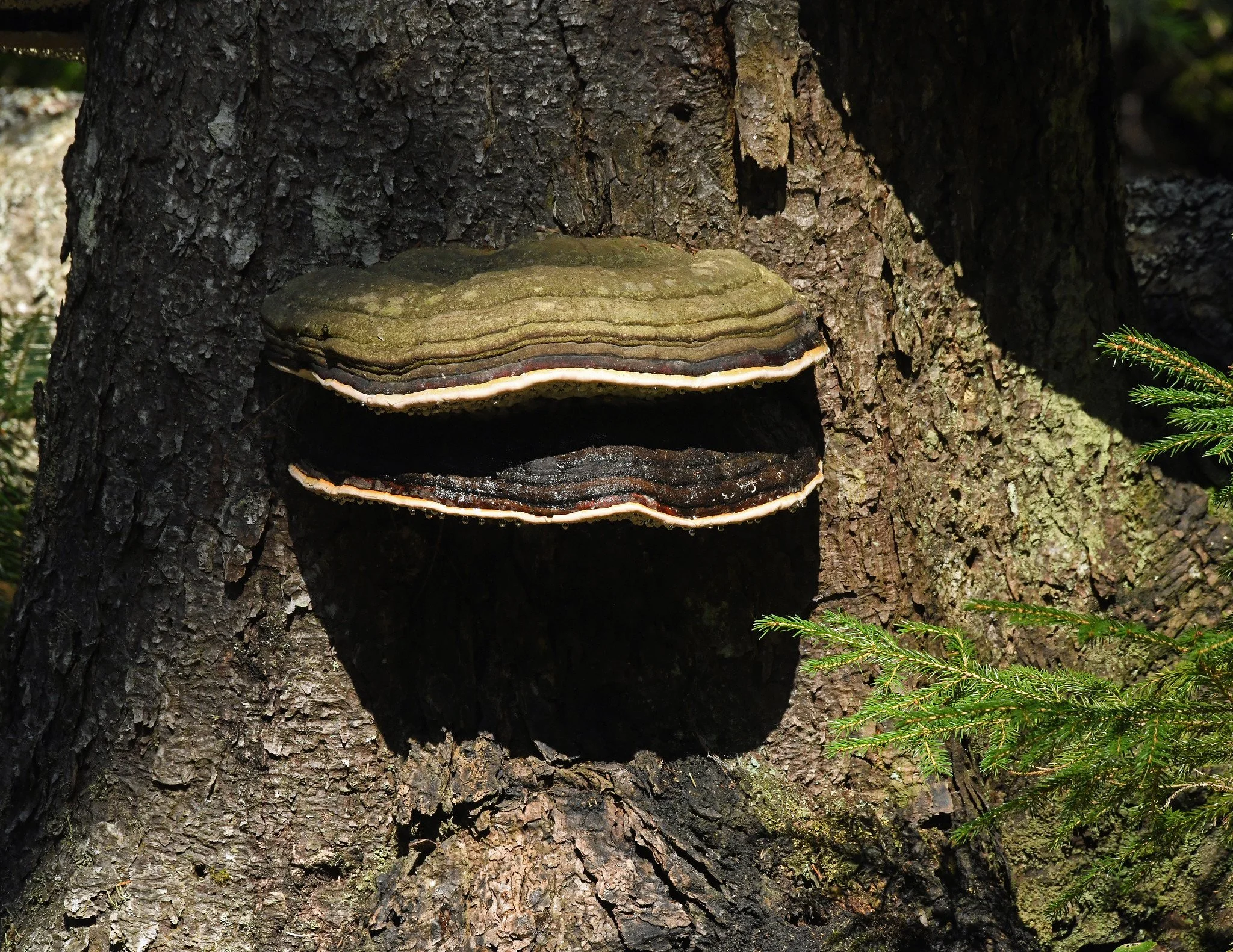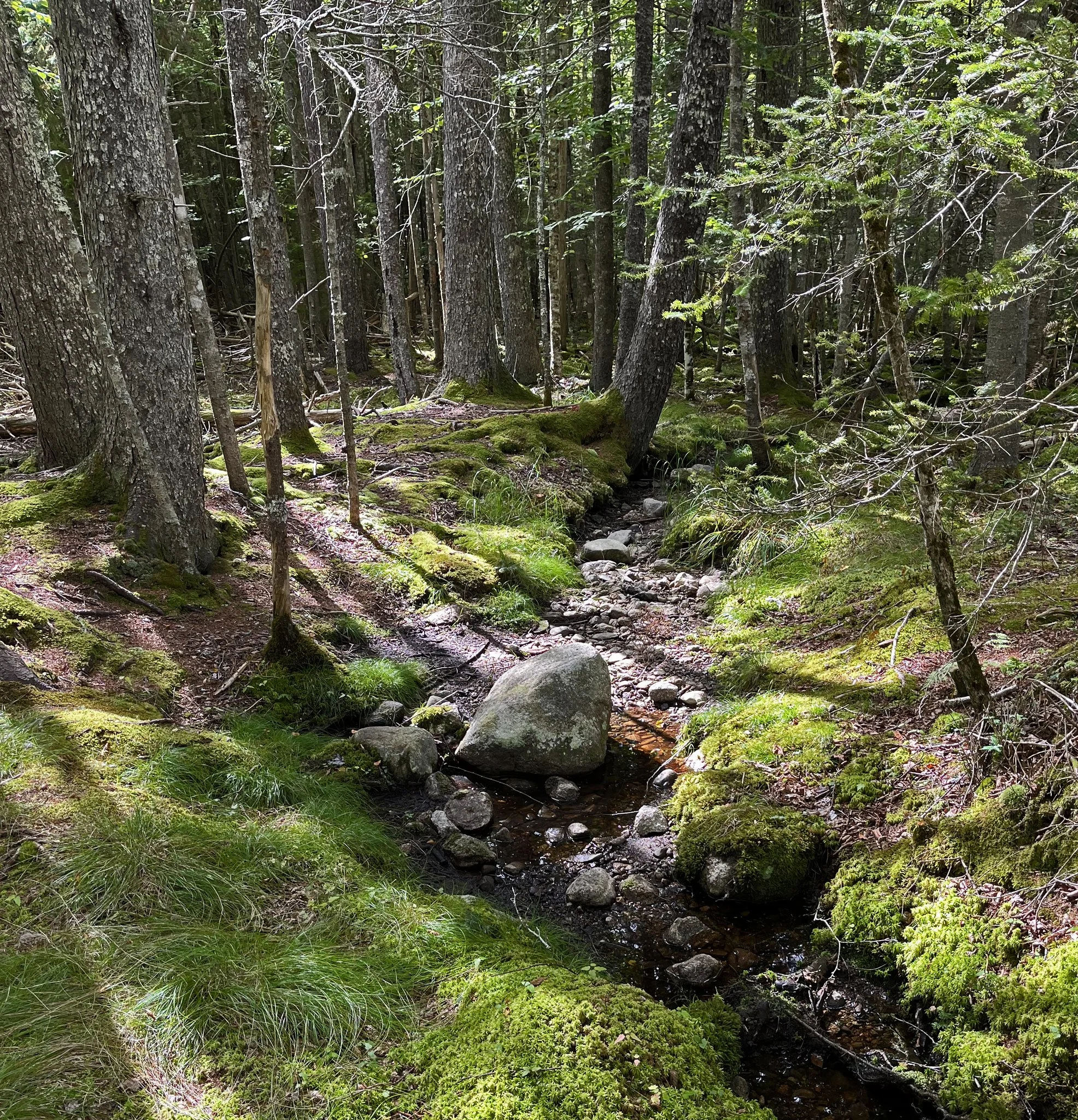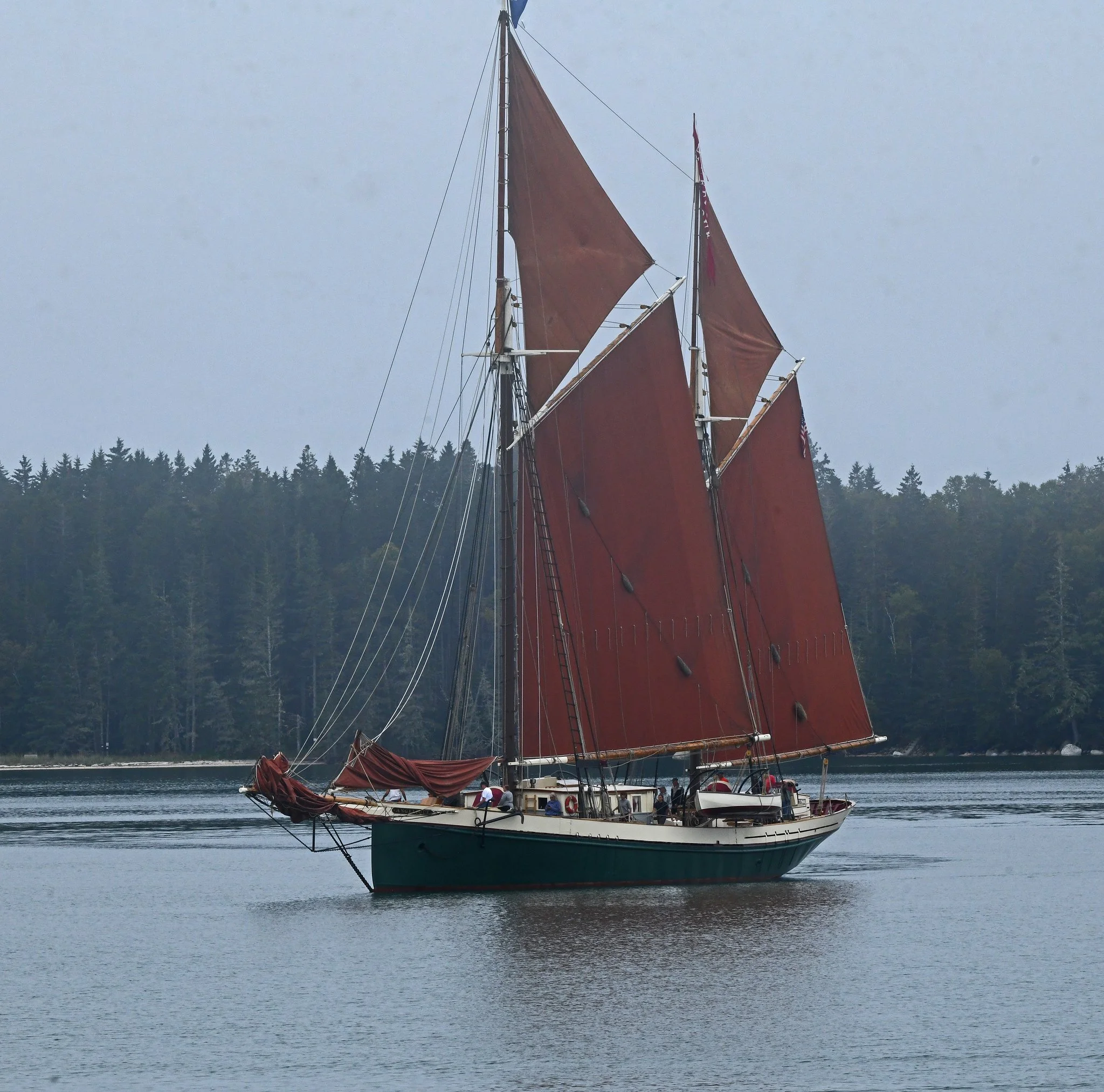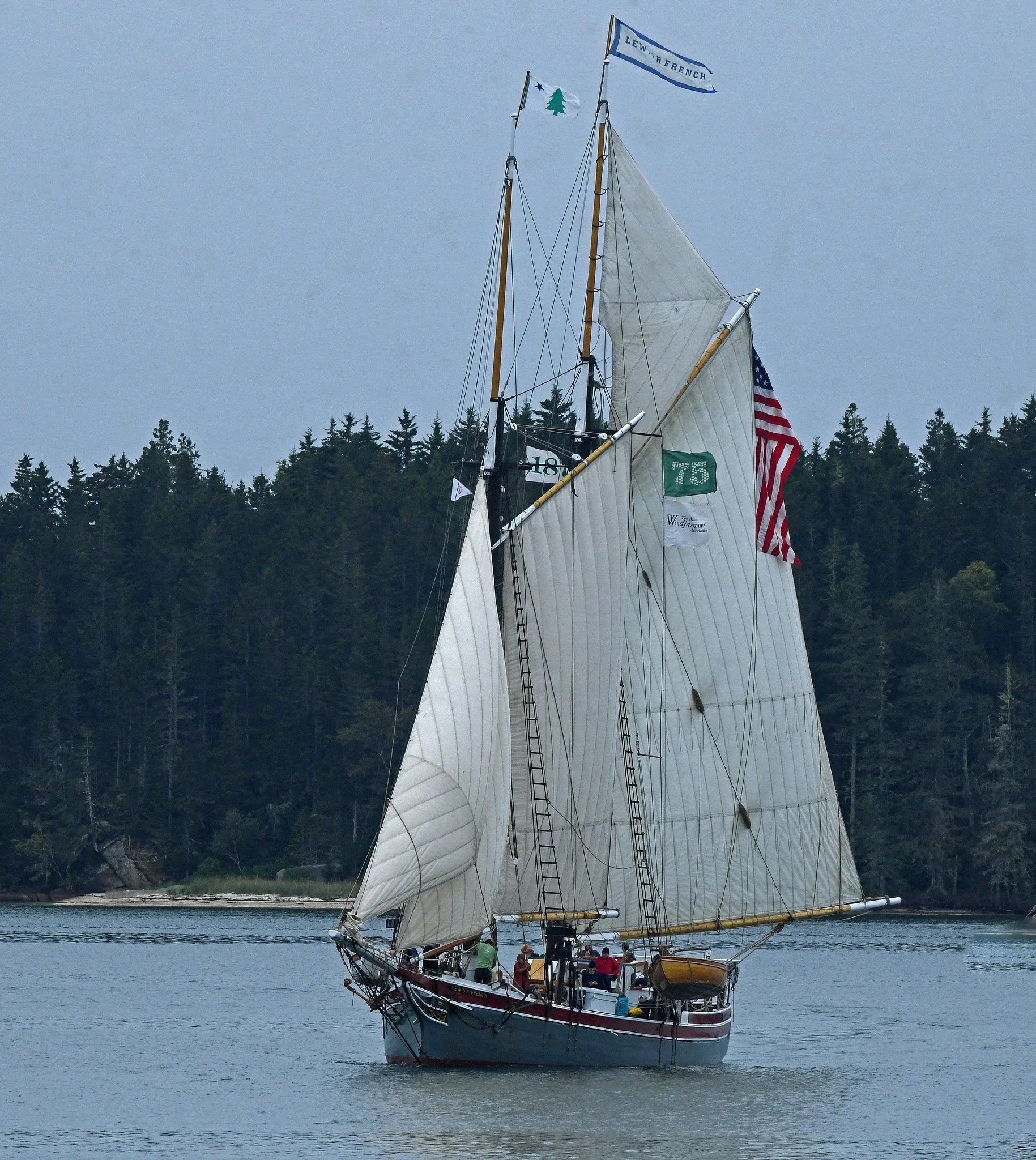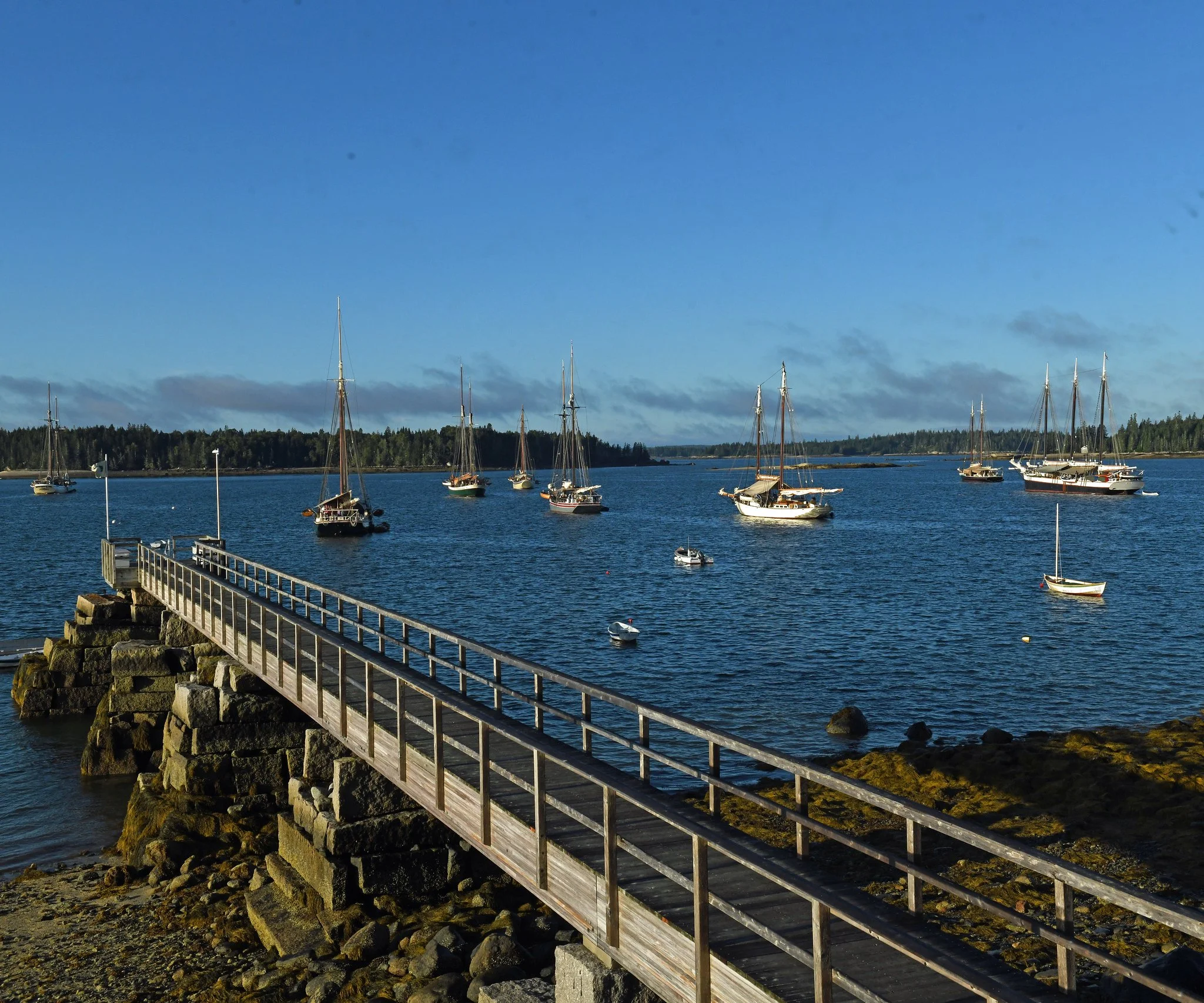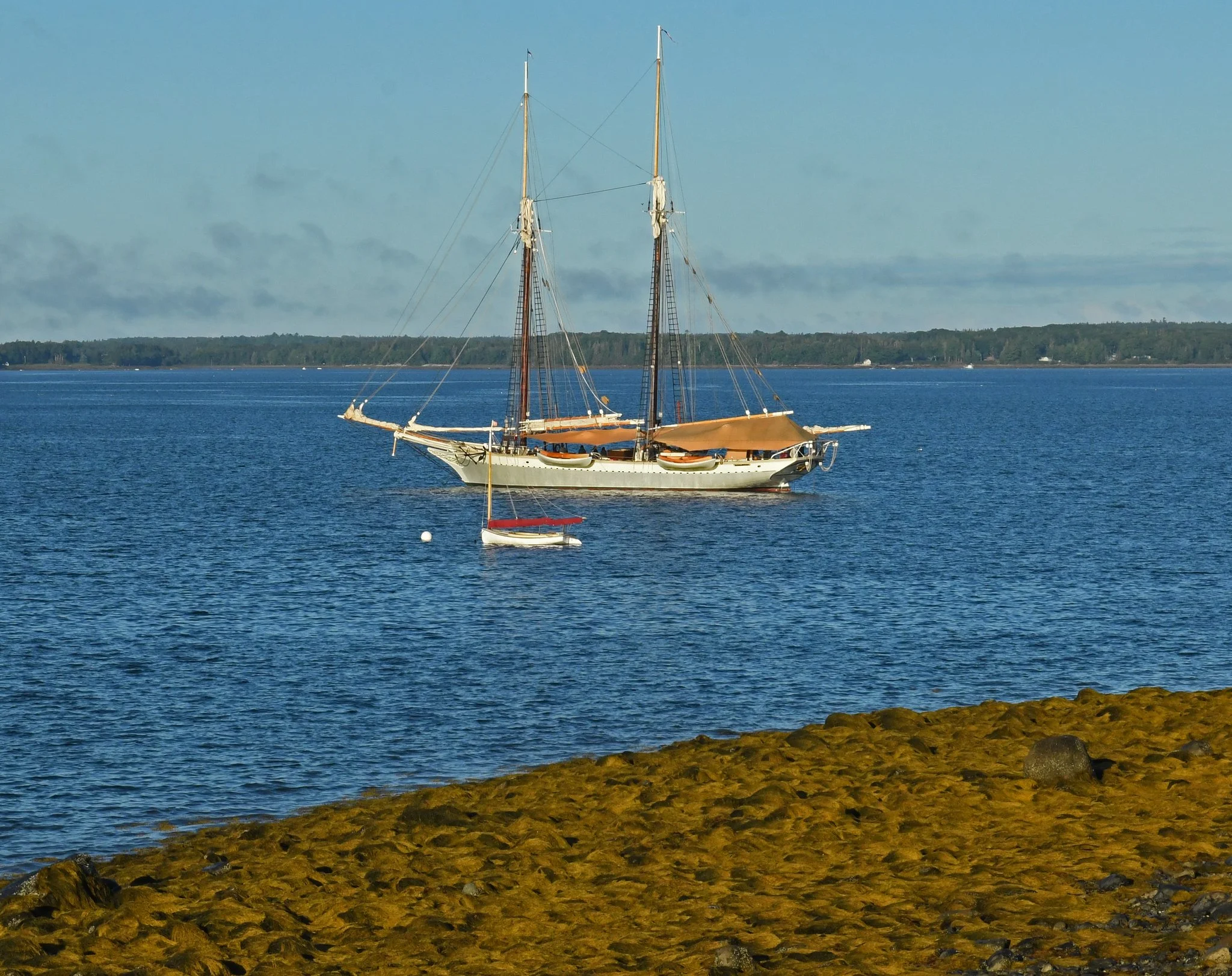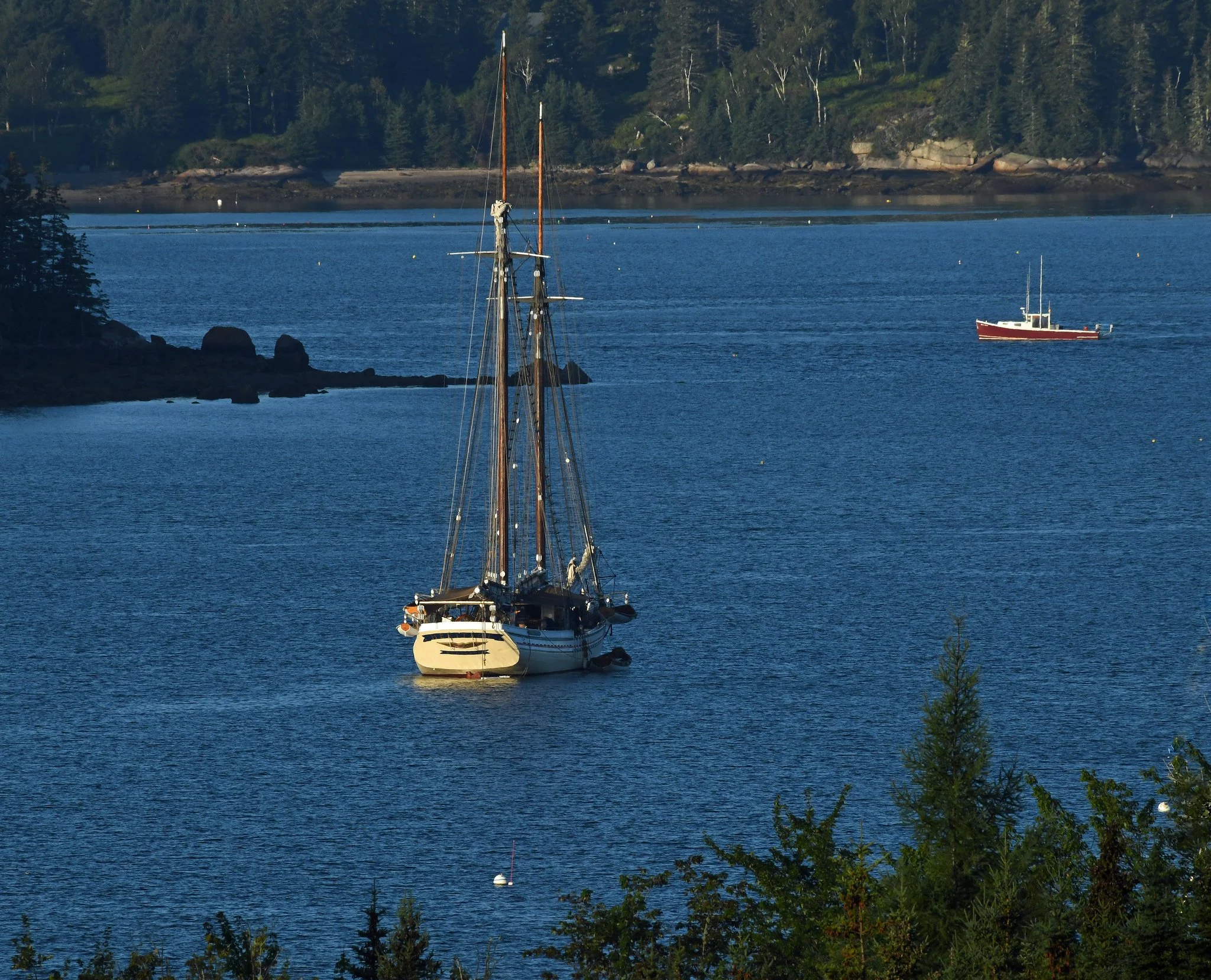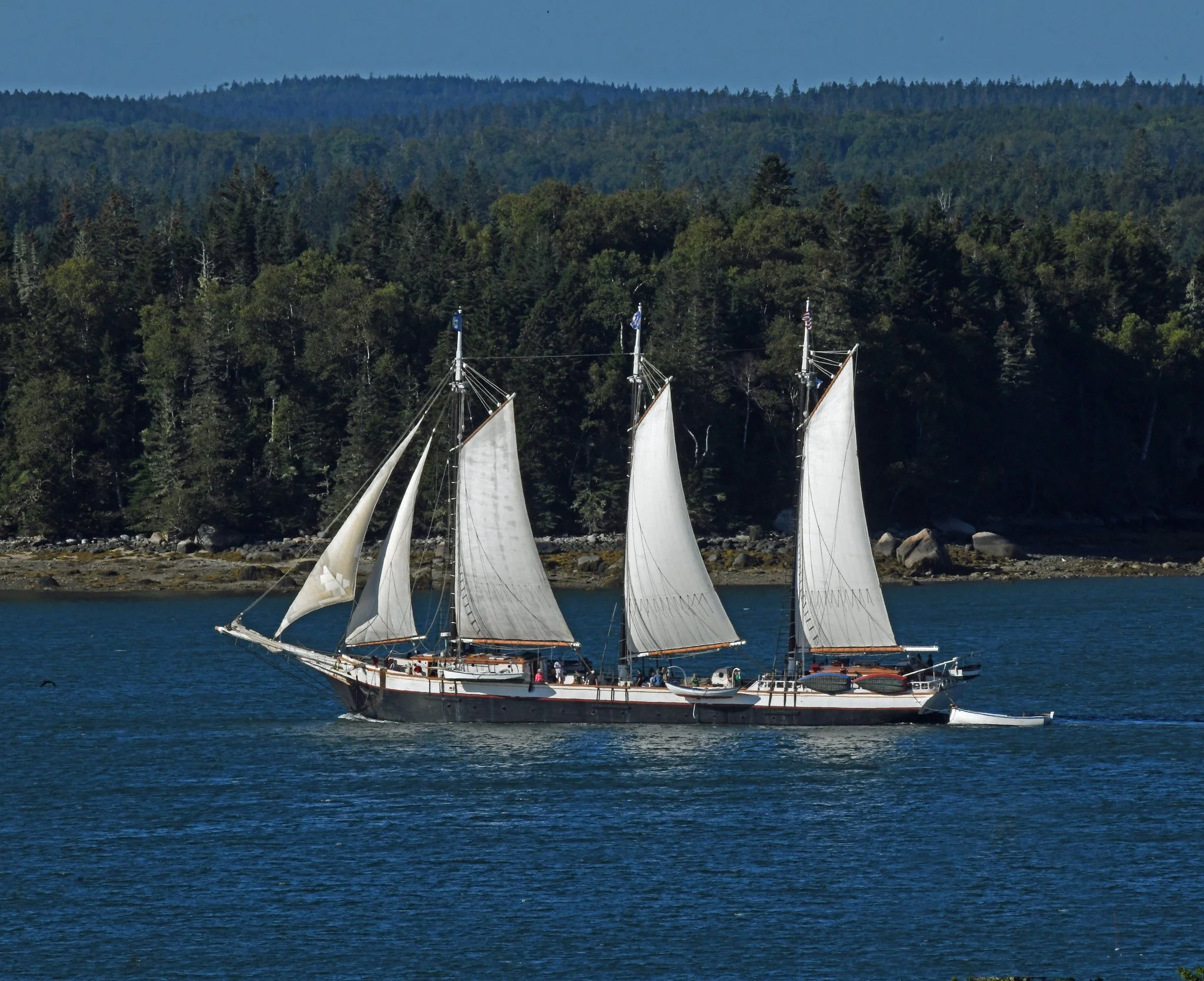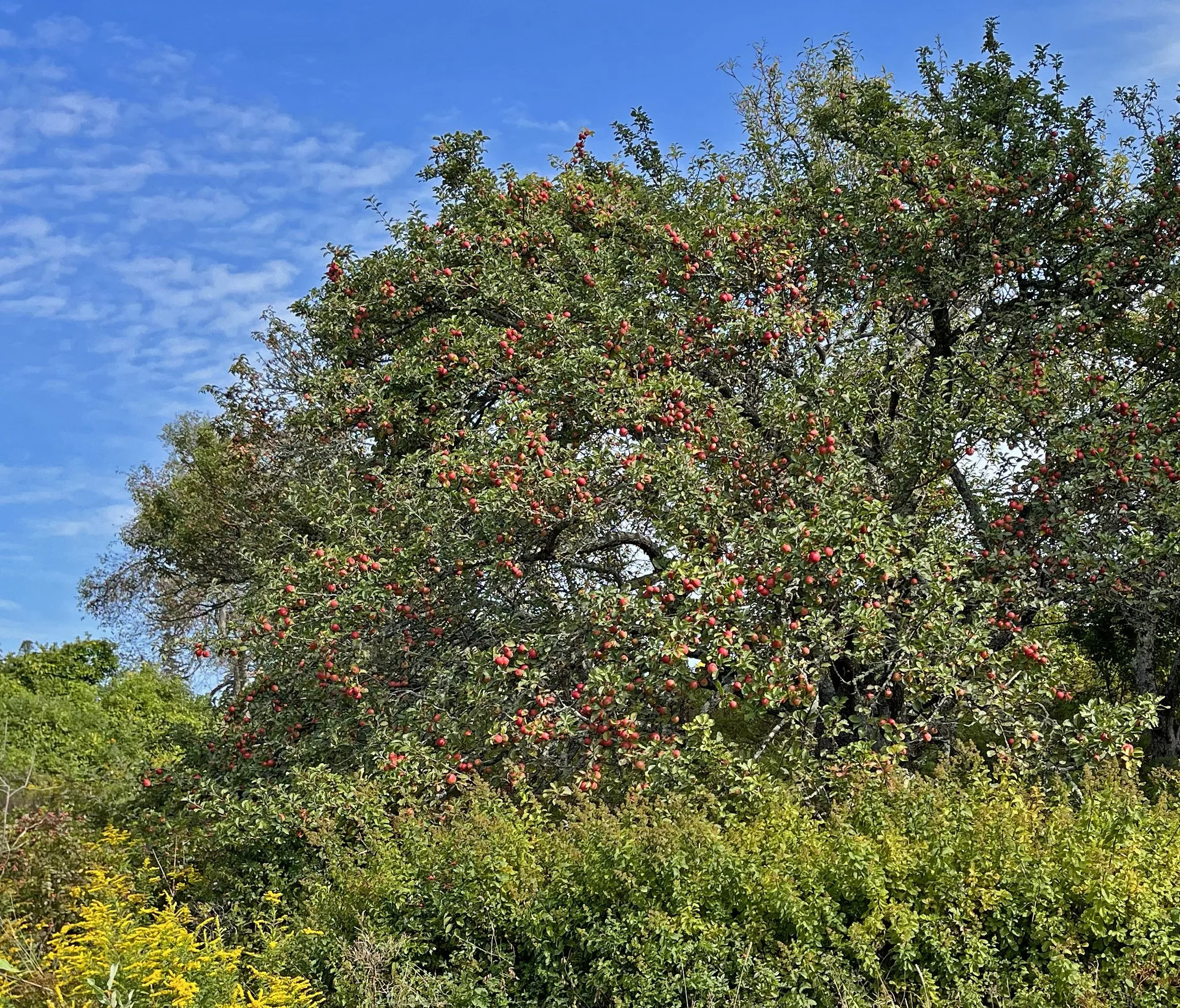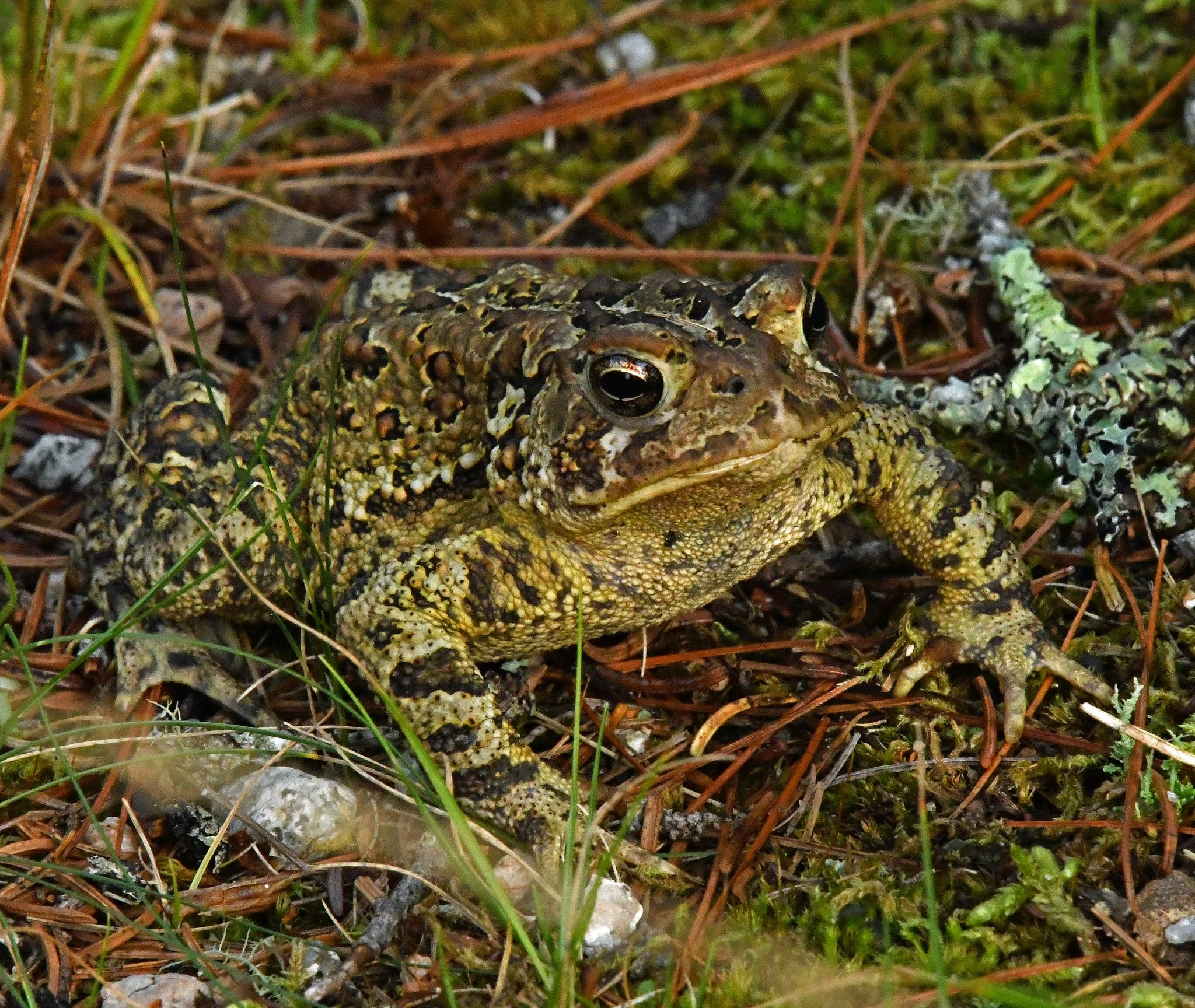IHere you see the dark and light of a Maine sunset over Great Cove, as viewed from the woods on a fine day.
However, today is a cold, foggy, rainy – in short, miserable – day. It’s not a nice way to welcome the Fall Equinox and celebrate the beginning of earlier sunsets and later sunrises. But today’s equinox is on my mind.
There seem to be a few, small misunderstandings about the Equinox. The word “equinox” is derived from the Latin words “aequi,” meaning “equal,” and “nox,” meaning “night.” Many reference works still say that the Spring Equinox and the Fall Equinox are the two days in a year in which the day and night are of precisely equal length, 12 hours each. That’s what early astronomers thought.
However, more refined research has shown that the original calculations were incorrect. The amount of day and night at the designated equinoxes varies slightly over the years due to changes in the Earth’s shape and movements and the Sun’s activities, among other things. (These differences are very important in some scientific planning, especially space-related ventures, but they are of little consequence to most people – the day-night “equality” measurement is “close-enough” for social planning.)
Moreover, an equinox is not a day, it’s an instant. It’s when the Sun shines directly over the equator resulting in nearly the same amounts of day and night occurring in most (not all) of the world. (In the North and South Poles, the Sun stays on the horizon all day.)
Thus, this year’s Fall Equinox will arrive here in Maine at 9:04 (some say 9:03) p.m. Eastern Daylight Time. After that, the days gradually will grow shorter until the Spring Equinox reverses the process. (Leighton Archive Images taken in Brooklin, Maine.) Click on image to enlarge it.

